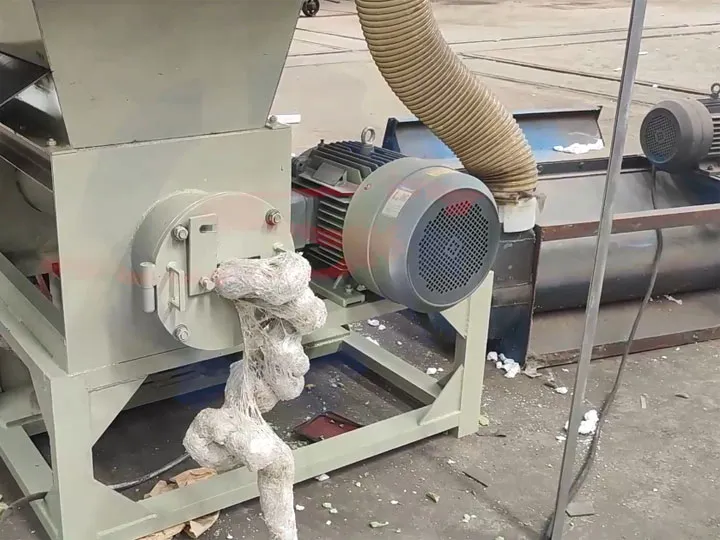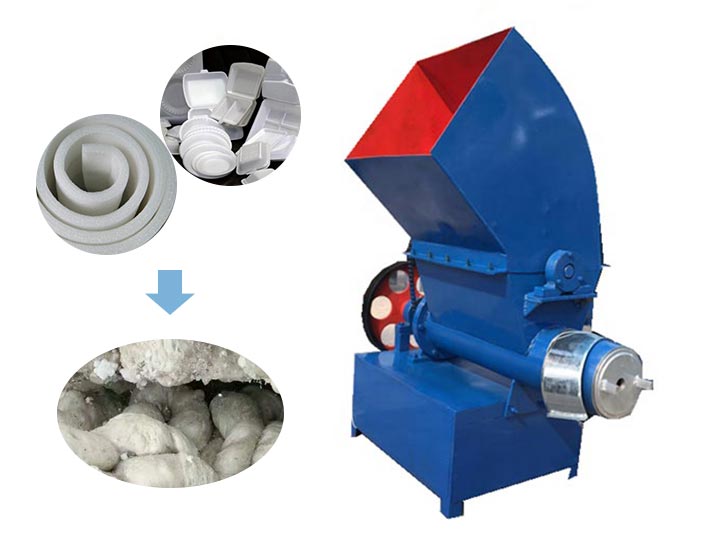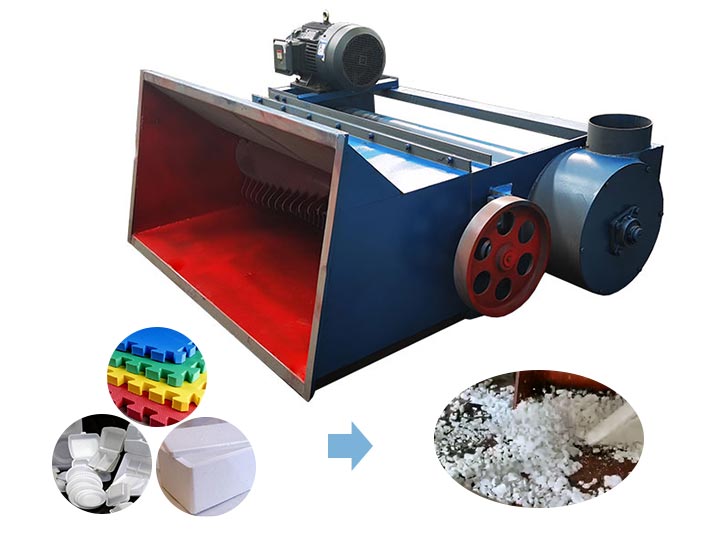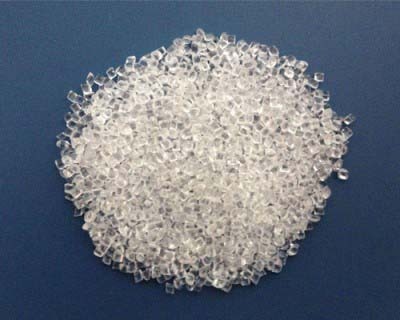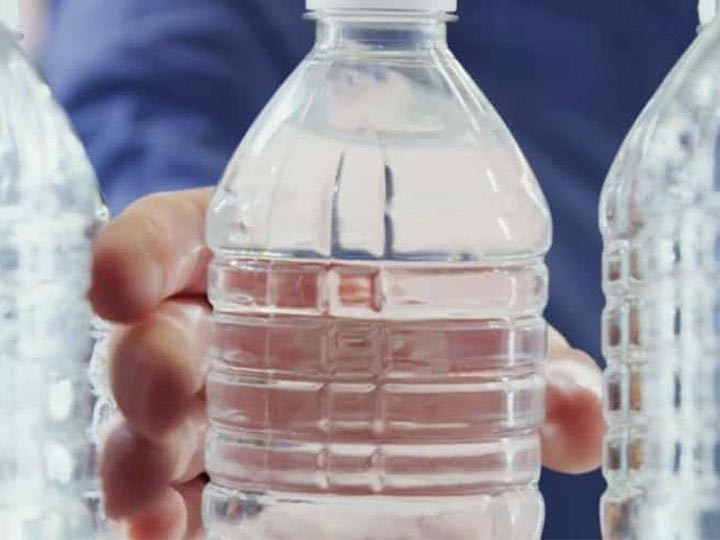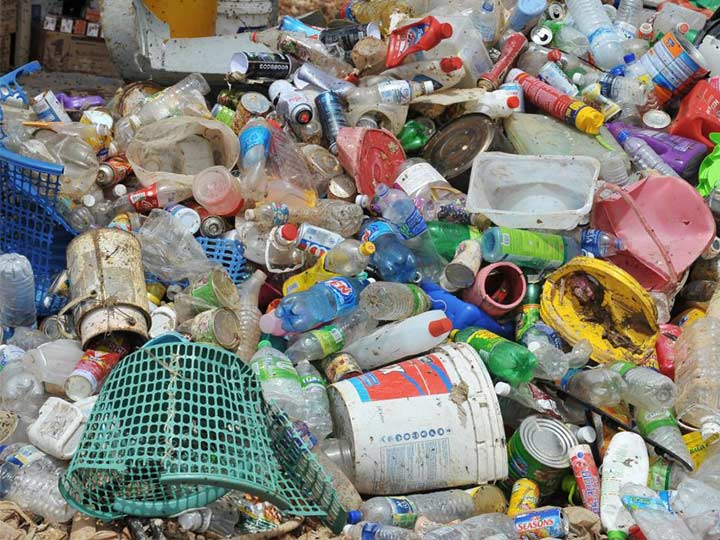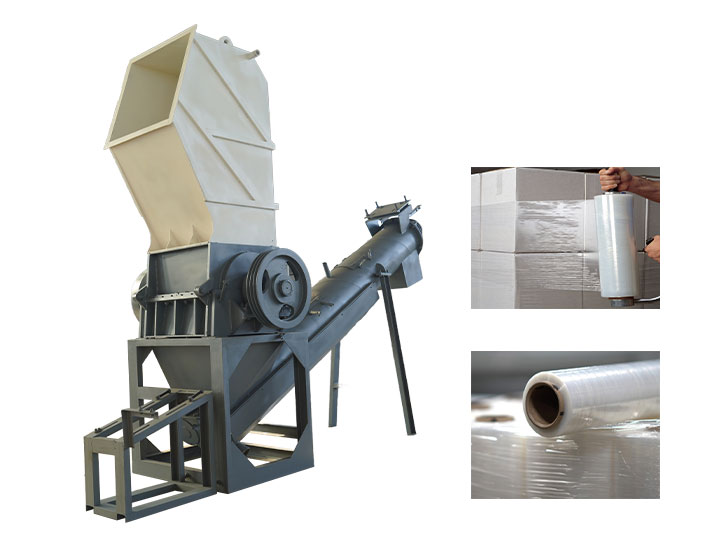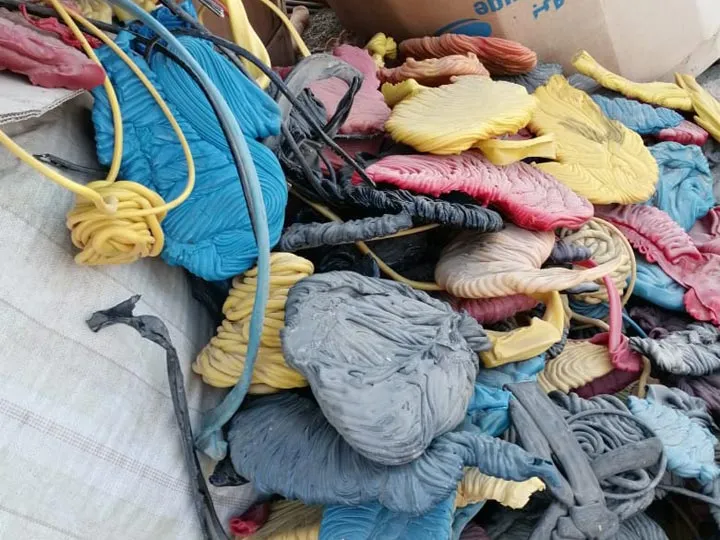How to Realize EPS Recycling? Efforts from Shuliy Foam Densifier for Sale
Expanded polystyrene (EPS) foam is commonly used in areas such as packaging, insulation and disposable tableware, and poses a significant environmental challenge due to its non-degradable nature. As concerns about plastic waste intensify, EPS foam has become one of the leading causes of landfill and ocean pollution. As the need for sustainable practices increases, finding effective EPS recycling solutions is becoming more and more urgent.
Despite the widespread use of EPS foam, its recycling rate remains low. Many regions lack facilities to treat EPS foam, resulting in large quantities of this material ending up in landfills. Although collection programs have been implemented in some areas, the technology and infrastructure to process EPS is often inadequate. This creates an urgent need for more efficient recycling methods and machines.
Collection and Sorting: The first step in EPS recycling is to collect and sort foam waste. Tape and other debris from the foam packaging needs to be thrown away to ensure that only clean, uncontaminated EPS is recycled for disposal.
Shredding: After collection, EPS foam is fed into a styrofoam shredder that breaks it into smaller particles. This step is crucial to reduce the size of the material and facilitate subsequent processing.
Densification: After crushing, EPS foam is usually densified using specialized equipment, such as the Shuliy Foam Densifier for sale. This foam densifier for sale is capable of compressing the foam into manageable chunks and reducing the volume, typically achieving a compression ratio of 90:1. This not only makes transportation more economical but also prepares it for subsequent processing.
Recycling into raw materials: Densified EPS can be further processed into raw materials for the manufacture of new products. This closed-loop recycling reduces the need for raw materials and contributes to a circular economy.
Recycled EPS can be used in a variety of applications, including new packaging materials, insulation boards, and even furniture. This creates a sustainable cycle of turning EPS waste into valuable products.
